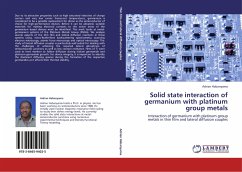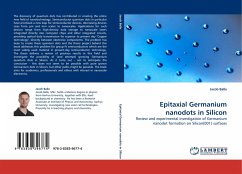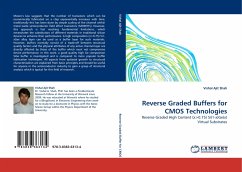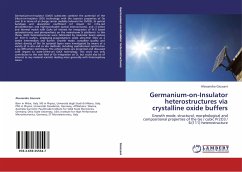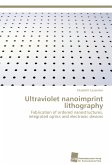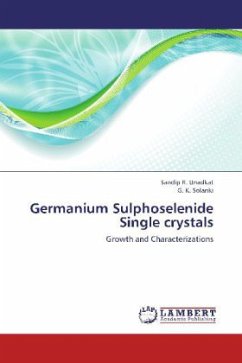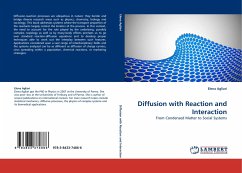Due to its attractive properties such as high saturated velocities of charge carriers and very low carrier freeze-out temperatures, germanium is considered to be a possible replacement for silicon as the semiconductor of choice for high-performance devices. Before it can be adopted, suitable materials for making electrical contacts to the active areas of the germanium based devices must be identified. This work looks at metal-germanium systems of the Platinum Metals Group (PGMs). We analyze several aspects of the thin film and lateral diffusion reactions in these systems using, micro-Rutherford backscattering spectrometry, scanning electron microscopy, atomic force microscopy and optical microscopy. The study of lateral diffusion couples is particularly well suited for dealing with the challenges of achieving the required lateral abruptness of semiconductor junctions as well as low contact resistance. Films of Ti were used as inert markers to follow diffusion during iridium germanide and platinum germanide growth. For device integrity, it is important to identify the dominant diffusing species during the formation of the respective germanides as it affects their thermal stability.
Bitte wählen Sie Ihr Anliegen aus.
Rechnungen
Retourenschein anfordern
Bestellstatus
Storno

